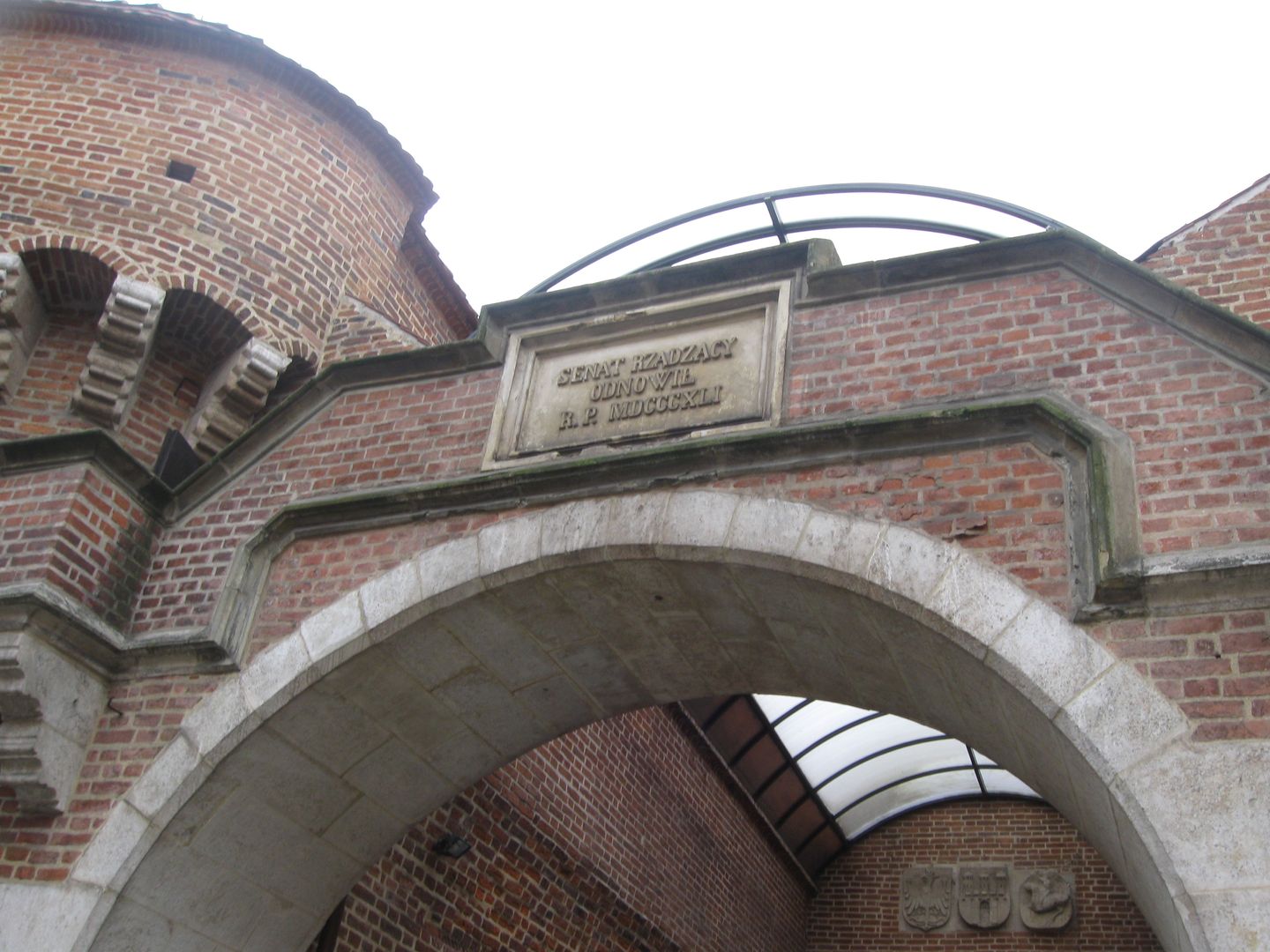The Barbican in Krakow
7.2

Overview
The Barbican, also known as the Rondel, is a Gothic fortification that forms the northernmost part of Kraków's city defenses, located on the Planty in front of St. Florian's Gate. Built between 1498 and 1499 during the reign of King John I Albert, it was constructed out of fear of a Wallachian-Turkish invasion. Its architecture takes the form of a circular segment with an internal diameter of 24.40 meters and walls over 3 meters thick. The Barbican is characterized by seven turrets, both round and hexagonal, and was designed to defend St. Florian's Gate, to which it was connected by a long neck. The walls featured hoardings on arcades and loopholes, as well as drawbridges over the moat. On the Kleparz side, there was an annex, once associated with the operation of gates and bridges.
Historically, the Barbican held great importance as a defensive element, and its design was inspired by existing barbicans in Toruń. In the 19th century, despite an imperial decree ordering its demolition in the name of public health, it was saved thanks to the arguments of Feliks Radwański, who emphasized the need to protect residents from cold winds. In 1910, there were considerations to house the Grunwald Panorama in the Barbican, but the project was rejected by the Central Commission for the Protection of Monuments due to concerns about potential damage to the building. An interesting feature is a plaque commemorating Marcin Oracewicz, who, according to legend, fought against the Russian commander Panin during the Bar Confederation.
Today, the Barbican is a branch of the Historical Museum of the City of Kraków, serving as a venue for exhibitions, cultural events such as fencing championships, and film projects under the BarbaKino initiative.
Location
Tickets
Powered by GetYourGuide
2025 Wizytor | All Rights Reserved